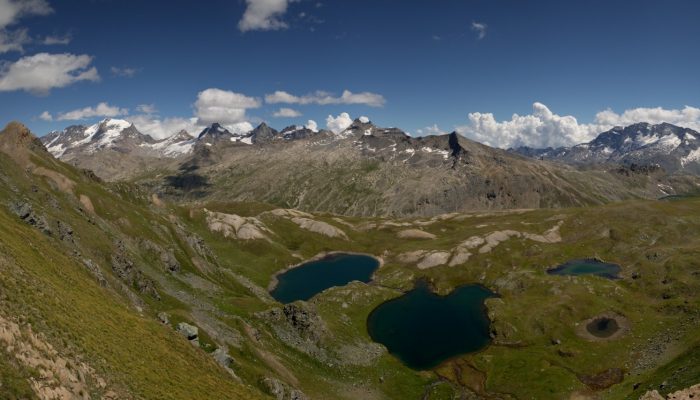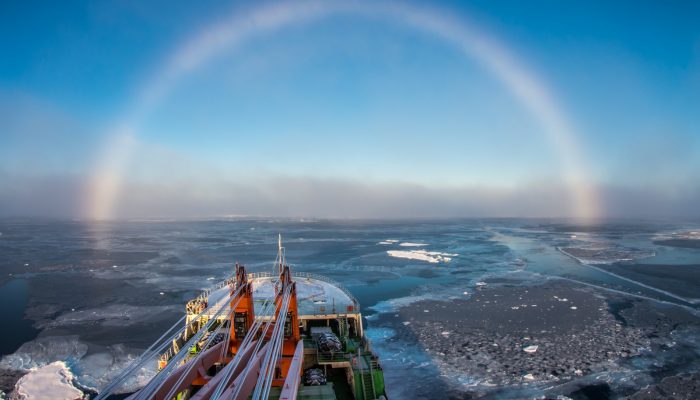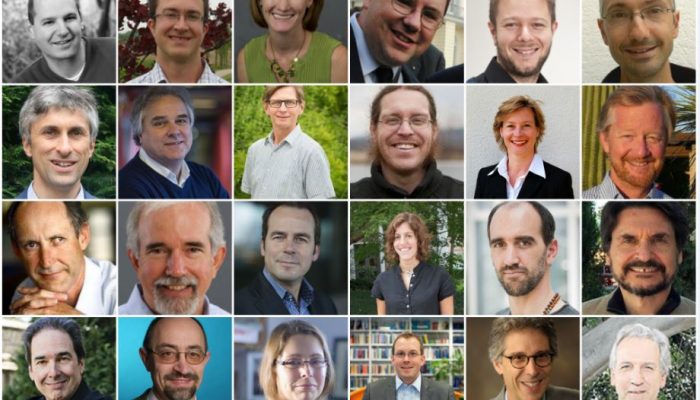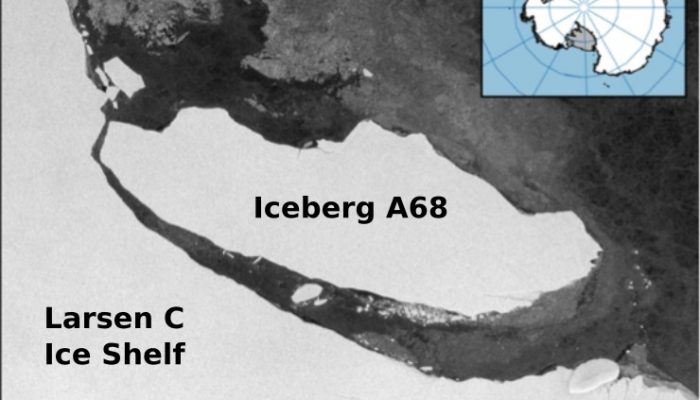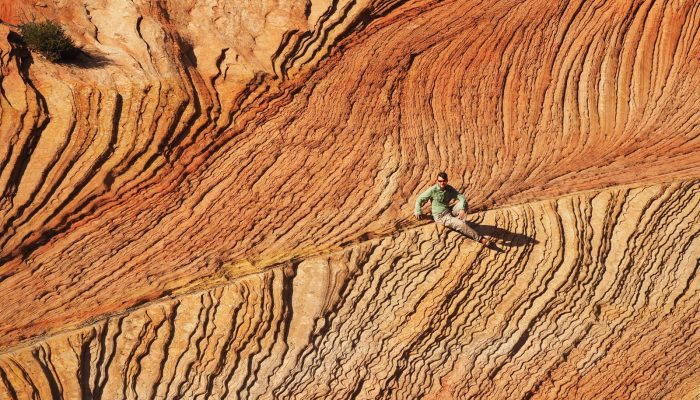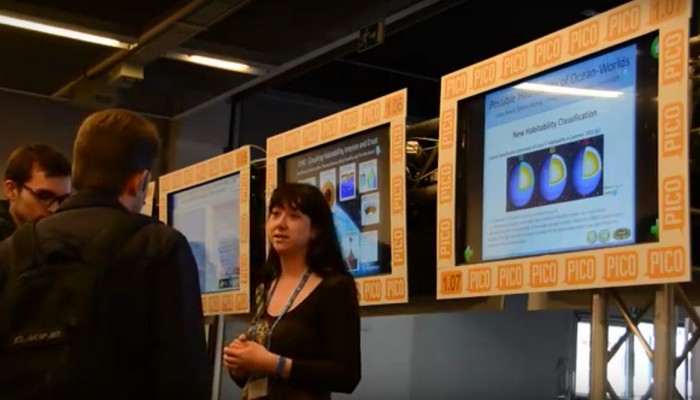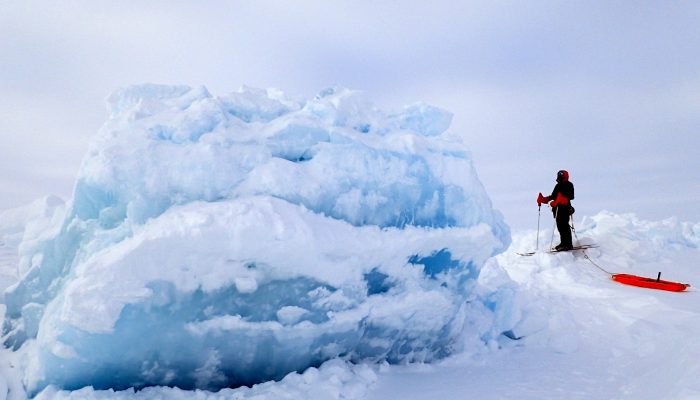We all know that easy access to data speeds up doing research. In this post, we will discuss how open GIS data can stimulate innovative ways of doing research in the field of geodesy and geosciences, considering first the benefits and challenges of open data. Geodesy can benefit greatly from the open data movement and from open Geographic Information System (GIS) data. The reasons for this are two ...[Read More]
If you didn't find what you was looking for try searching again.
GeoLog
Imaggeo on Mondays: Bird’s eye view of Trebecchi Lakes
Among many other environmental impacts, human activities have introduced a range of animal and plant species to areas where they do not naturally belong. The introduction of alien species, as these translocated taxa are known, has wide ranging implications for native biota, ecosystem functioning, human health and the economy. Research published earlier this year found that during the last 200 year ...[Read More]
GeoLog
GeoSciences Column: The dirty business of shipping goods by sea
Shipping goods across the oceans is cost-effective and super-efficient; that’s why over 80% of world trade is carried by sea (according to the International Maritime Organisation). But the shipping industry also contributes significant amounts of air pollutants to marine and coastal environments. A new study, published in the EGU’s open access journal Earth System Dynamics, reports on concentratio ...[Read More]
WaterUnderground
Community advice to young hydrologists, Part 1
We at Water Underground loved reading Young Hydrologic Society’s post titled “Community advice to young hydrologists” – an advice column written by a network of established scientists in the field. We appreciated the column so much, in fact, that we have decided to re-blog the post to you (with YHS’s consent, of course). We’ve split up their post by question, and have added in hyperlinks to all co ...[Read More]
Geomorphology
Getting to know the GM presidency candidates: #1 Dan Parsons
During the EGU Election Autumn 2017, all EGU members are asked to give their vote for the next EGU Union President, General Secretary and the Division Presidents until 30 November 2017. The Geomorphology division is in the luxurious situation of having three candidates for division presidency, all of which gathered experience as active members of the EGU GM division structure. In order to get to k ...[Read More]
Cryospheric Sciences
Back to the Front – Larsen C Ice Shelf in the Aftermath of Iceberg A68!
Much of the Antarctic continent is fringed by ice shelves. An ice shelf is the floating extension of a terrestrial ice mass and, as such, is an important ‘middleman’ that regulates the delivery of ice from land into the ocean: for much of Antarctica, ice that passes from land into the sea does so via ice shelves. I’ve been conducting geophysical experiments on ice for over a decade, using mostly s ...[Read More]
GeoLog
Five top tips to apply for small grants
Stephanie Zihms, the ECS Representative for the EMRP Division (and incoming Union Level Representative) has applied for a range of small scale grants (<£15,000, ca. 16,965€). At this year’s General Assembly, she was one of two speakers at the ‘How to write a research grant’ short course, where she shared insights from her successes and failures. In today’s post she tells us about the top five ...[Read More]
GeoLog
Imaggeo on Mondays: Of ancient winds and sands
Snippets of our planet’s ancient past are frozen in rocks around the world. By studying the information locked in formations across the globe, geoscientist unpick the history of Earth. Though the layers in today’s featured image may seem abstract to the untrained eye, Elizaveta Kovaleva (a researcher at the University of the Free State in South Africa) describes how they reveal the secrets of anci ...[Read More]
GeoLog
Try something different at EGU 2018– choose a PICO session!
Some of the sessions scheduled for the upcoming EGU General Assembly are PICO only sessions. This means that, rather than being oral or poster format, they involve Presenting Interactive COntent (PICO). The aim of these presentations is to highlight the essence of a particular research area – just enough to get the audience excited about a topic without overloading them with information. What’s gr ...[Read More]
Cryospheric Sciences
Image of the Week – Sea-ice dynamics for beginners
When I ask school children or people who only know about sea ice from remote references in the newspapers: ‘How thick do you think is the Arctic sea ice?’, I often get surprising answers: ’10 meters? No, it must be thicker – 100 meters!’. It seems like sea ice, often depicted as a uniform white cover around the North Pole and as a key element in accelerated warming of the Polar Regions, imposes a ...[Read More]


